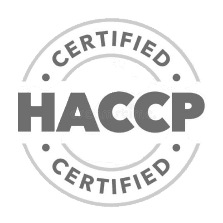Good Morning!
Log In

Latest Blogs
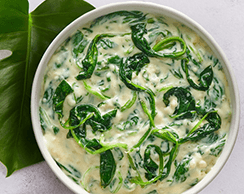
Maurice Maffeo15-Day Blood Sugar Control Meal PlanAug 30, 2024 | 10 min
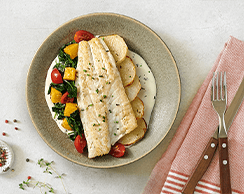
Maurice Maffeo7-Day Lower Cholesterol Meal PlanAug 30, 2024 | 8 min
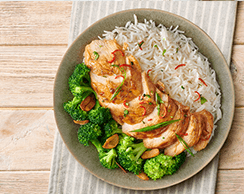
Maurice Maffeo20-Day Healing Autoimmune Paleo Diet Meal PlanAug 30, 2024 | 9 min
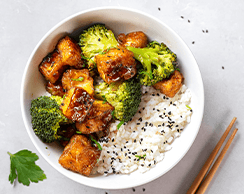
Maurice Maffeo15 Days of Nutritious Meals for Managing PsoriasisAug 13, 2024 | 8 min
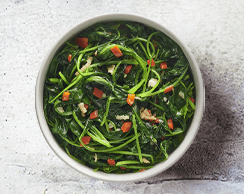
Maurice Maffeo20 Days of Low GI Diet Meal Plan for Steady Blood SugarAug 13, 2024 | 9 min
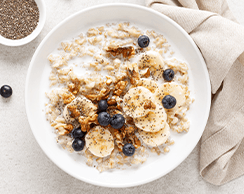
Maurice Maffeo15-Day Hashimoto's Meal Plan for Thyroid HealthAug 13, 2024 | 10 min
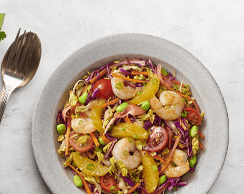
Maurice Maffeo20 Days Elimination Diet Meal Plan for Active LifestylesAug 12, 2024 | 10 min
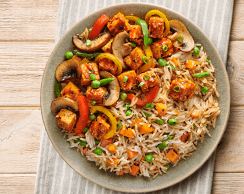
Maurice Maffeo30-Day Ectomorph Bodybuilding Meal Plan for Muscle GainAug 12, 2024 | 10 min
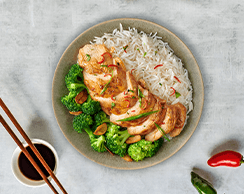
Maurice Maffeo10-Day CKD Meal Plan for Better Kidney HealthAug 12, 2024 | 7 min
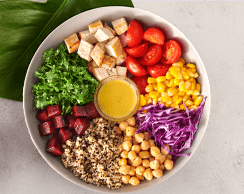
Maurice Maffeo7-Day One Meal-a-Day Diet Plan for BeginnersAug 12, 2024 | 9 min

Delight your taste buds with every biteSignup to our weekly newsletter for amazing insights.
